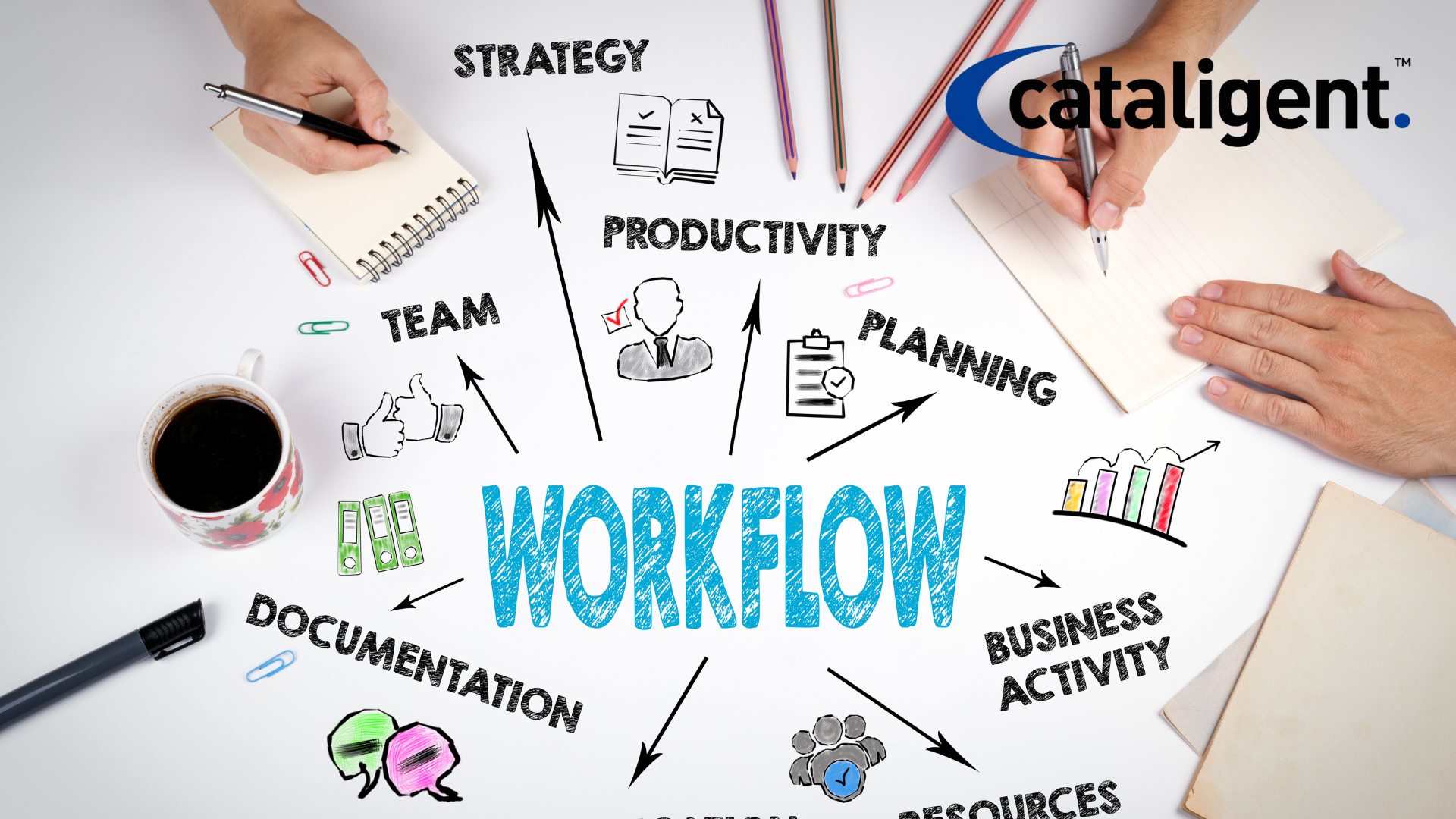Introduction
Outsourcing can bring significant benefits to a business, but to maximize efficiency, companies must first standardize and streamline their internal processes. By simplifying workflows and documenting key procedures, organizations can ensure smoother transitions, reduce training time, and maintain consistency across outsourced functions. This document outlines the importance of standardizing processes before outsourcing and provides a step-by-step guide for implementation.
What It Involves
Before outsourcing, businesses must review, refine, and document their internal workflows to eliminate inefficiencies and ensure clear communication with external partners. Standardized processes lead to:
- Faster onboarding and training for outsourced teams.
- Reduced errors and inconsistencies in service delivery.
- Improved collaboration between in-house and outsourced teams.
Benefits of Standardizing and Streamlining Processes
1. Reduces Time Spent on Process Setup and Training
A well-documented workflow minimizes the learning curve for outsourcing partners, leading to quicker integration and faster operational efficiency.
2. Ensures Consistency in Service Delivery
Standardized processes prevent variations in execution, ensuring a uniform customer experience and operational reliability.
3. Minimizes Miscommunication and Errors
Clear process documentation reduces the risk of misunderstandings between internal and external teams, improving accuracy and performance.
4. Enhances Efficiency and Identifies Bottlenecks
Analyzing workflows before outsourcing allows businesses to detect inefficiencies and optimize operations before transferring tasks.
5. Strengthens Compliance and Quality Control
Standardized procedures help maintain regulatory compliance and enforce quality benchmarks, regardless of where operations are executed.
Implementation Steps for Standardizing and Streamlining Processes
Step 1: Analyze Existing Workflows
- Conduct a comprehensive audit of business processes to identify redundancies and inefficiencies.
- Engage key stakeholders to understand workflow pain points and areas for improvement.
- Use data-driven insights to determine which processes are suitable for outsourcing.
Step 2: Use Process Mapping Tools
- Utilize tools like flowcharts, process maps, and business process modeling notation (BPMN) to visualize workflows.
- Identify bottlenecks, unnecessary steps, and opportunities for automation.
- Optimize each step to create a seamless, streamlined process.
Step 3: Document Standard Operating Procedures (SOPs)
- Develop detailed SOPs for all key tasks, including:
- Step-by-step instructions.
- Expected outcomes and performance metrics.
- Roles and responsibilities for each stage.
- Ensure SOPs are clear, concise, and easy to follow.
Step 4: Implement Process Automation Where Possible
- Leverage technology to automate repetitive tasks and improve efficiency.
- Integrate software solutions such as robotic process automation (RPA), workflow management systems, and AI-driven tools.
- Reduce manual errors and free up resources for strategic functions.
Step 5: Share Process Documentation with Outsourcing Partners
- Provide comprehensive training materials and SOPs to the selected outsourcing partner.
- Establish a structured onboarding program to ensure seamless knowledge transfer.
- Set up regular check-ins to address challenges and make necessary adjustments.
Step 6: Monitor Performance and Continuously Improve Processes
- Track key performance indicators (KPIs) to assess the effectiveness of outsourced functions.
- Maintain open communication with the BPO partner to ensure process adherence.
- Regularly update SOPs and workflows based on feedback and evolving business needs.
Conclusion
Standardizing and streamlining processes before outsourcing is essential for maximizing efficiency, reducing risks, and ensuring smooth transitions. By refining workflows, documenting procedures, and leveraging technology, businesses can enhance collaboration with outsourcing partners and achieve sustainable operational success. Implementing a structured approach to process standardization will lead to improved service quality, reduced costs, and a competitive advantage in the marketplace.

